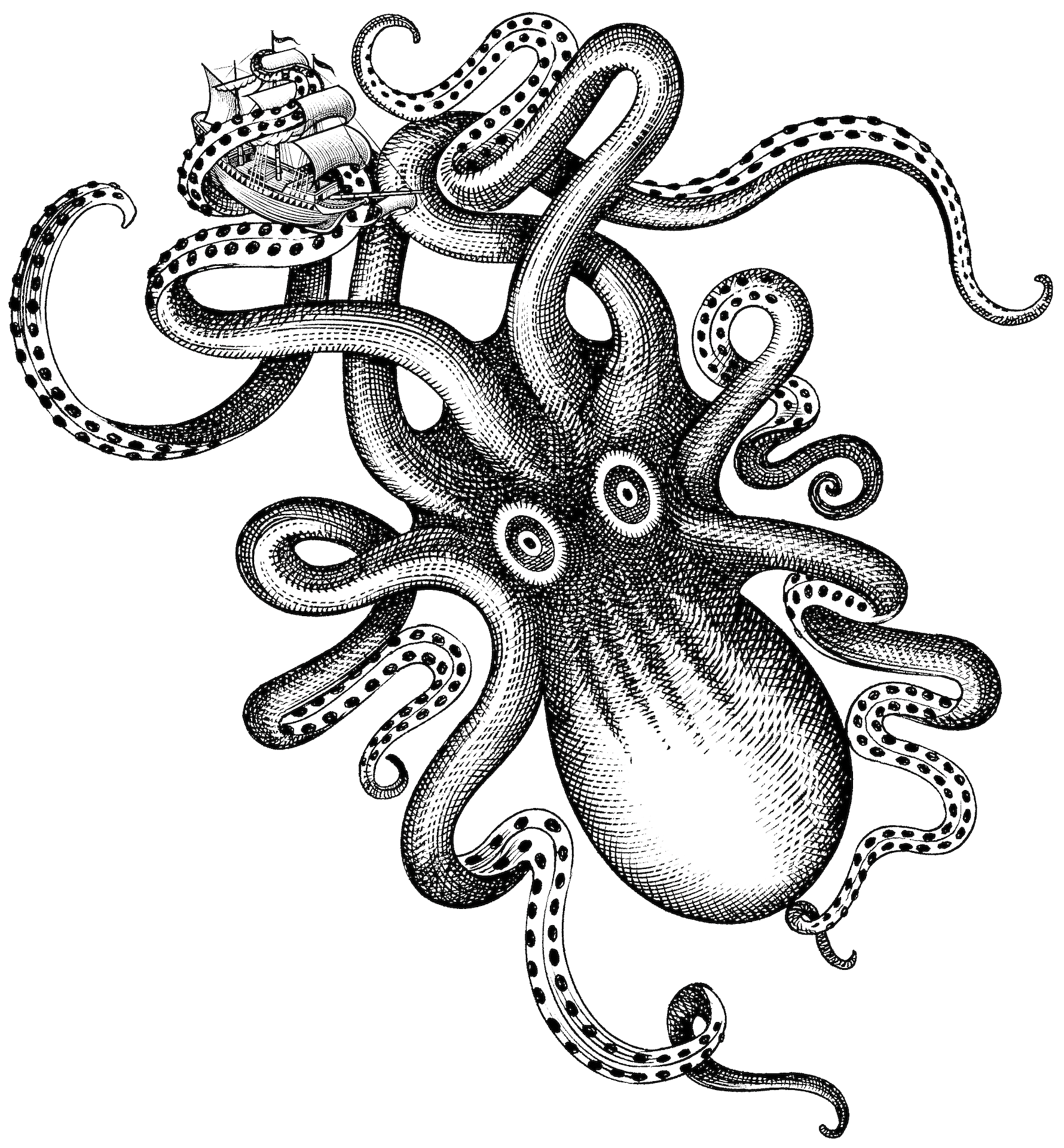As Masur was wont to do.
When I originally reviewed Masur's War Requiem in 1999, I was more interested in teaching than reviewing. I also was quite enthusiastic for anything Westminster Symphonic Choir related, and just too excited to explore different recordings of Britten's choral masterpiece. Indeed, the chorus does a fine job here, and the soloists are also notable.
Alas, in the end Kurt Masur is just too gentle and easy-going with this music. Unfortunate, since I am sure the New York Philharmonic perform this music rarely, if at all. The Teldec recording has since been reissued on Apex, but the live noises performances are just as annoying.
Kurt Masur recorded another War Requiem with the London Philharmonic in 2005 on their home label. Even though he approaches Britten's music about the same in London, I find it more successful in general over his live NY recording.
A review from 2000
Benjamin Britten's War Requiem stands today as possibly the finest and most important composition ever. While I do not assert to even claim this, it certainly ranks among the greatest works in music history. Not only does Britten use the subject of the Requiem, which is steeped in tradition, Britten puts its context in direct cohesion on matters of war, thus the title. The text is a melding of the ancient sequences of the Mass for the Dead, but incorporating the poetry of Wilfred Owen, a WWI veteran poet; combining secular humanism, social issues, and sacred subjects into one. The English poetry comments on the progression of Latin prayers and sequences, and incorporates the theme of war, drama, and personal significance into an already emotional subject of death. The form of the work is straightforward: Requiem Aeternam, Dies Irae, Offertorium, Sanctus, Agnus Dei, and Libera Me; again with added poetry.
The interesting part of the music is how Britten portrays the text with the performers. A boy's choir (Cherubim) sing only in Latin, are removed spatially from the rest of the performers, and only accompanied by organ. The mixed chorus and soprano soloist (Heavenly Host), also only sing in Latin, but are accompanied by a large orchestra. The tenor and bass soloists (soldiers/mankind) only sing the Owens poetry in English and are aided by a small/intimate chamber ensemble. The music seems to belie the opening Requiem Aeternam (Rest Eternal) and Kyrie Eleison (Lord, have mercy). An ominous pulsing accompanies choral chanting, seemingly resurrecting ancient rituals of the church, and the constant use of the tritone (the most dissonant interval), is a fearful rendering of rest in context of war, as well as the setting of the scene with Owens' poetry. The Dies Irae (Day of Wrath) has a lot of brass calls, not only a sound of battle, but of the final judgment. The English poetry is beautiful, including an interesting personification of Death. An ominous plodding of marching is evident in the main Dies Irae theme, eventually full of terror, but the movement features some hauntingly beautiful melodies in the Lacrymosa for soprano and chorus, and the Recordare for women's chorus. The seed of Abraham is usually announced in the Offertory, as it is with Britten, in an upbeat fugue, but here it is interrupted by the story of Abraham, who sacrificed his son for God; an ingenious and emotional link between the Latin and English. Many interesting techniques are used in the Sanctus, clanging bells reminiscent of the Anglican Mass herald the opening, while random chanting brings the movement to a stunning climax as well as the Hosanna's with brass flourishes. The Agnus Dei features a beautiful tenor solo over unison strings in 5/16 time, while the chorus chants in Latin; a slightly rocking, but emotional short portion of the work. The final part, Libera Me, is the most tension filled and the most dissonant of all. Poignantly, two men who meet each other in battle, meet as equals in death, a soothing chorus of peace, as well as reminiscent chantings of the opening tritone return, but peace is the ultimate feeling. A work of insurmountable beauty, passion, and horror is unfortunately as timely today, as it was in the 1960's.
Kurt Masur, usually uninspired, leads a passionate rendering of the War Requiem with the New York Philharmonic. An all-star cast: Carol Vanness, Jerry Hadley, and Thomas Hampson are excellent soloists. The two choirs, Westminster College Choir and the American Boy's Choir are extremely crisp and clean in text and tone, both full and rich. This Teldec release is a live recording, a reason for the energy preserved, but manages to get all of the spatial and textural differences correct. The spacious and echo-ish children's choir with organ vs. the full mixed choir and orchestra vs. the dry, intimate chamber ensemble is remarkable; all voices speak so well and so differently. The music is highly dramatic, almost on an operatic level. The dichotomy of the ancient ritual vs. the modern harmonies and poetry are greatly portrayed on this disk. The only setback comes with a live recording: audience coughing and rustling mainly. This disk is comparable, from an American standpoint, to the Shaw, except exceeding with the passion of a live performance; only the Hickox version on Chandos, an English performance, is rival to this one (compare on your own). Nonetheless, an excellent choice of recording for this masterwork.
Works
War Requiem, op. 66
Soloists
Carol Vaness, soprano
Jerry Hadley, tenor
Thomas Hampson, baritone
Performers
American Boychoir
Westminster Symphonic Choir
New York Philharmonic Orchestra
Kurt Masur, conductor
Label: Teldec
Year: 1998
Total Timing: 83.16
If you enjoy your War Requiem gentle, peaceful, and reflective, Masur might be your man.
Not for me anymore, although I can enjoy his later one with the LPO a shade more.
Otherwise, this listener has since tossed this recording to The Kraken, if nothing else that for the disruptive, live setting.



No comments:
Post a Comment